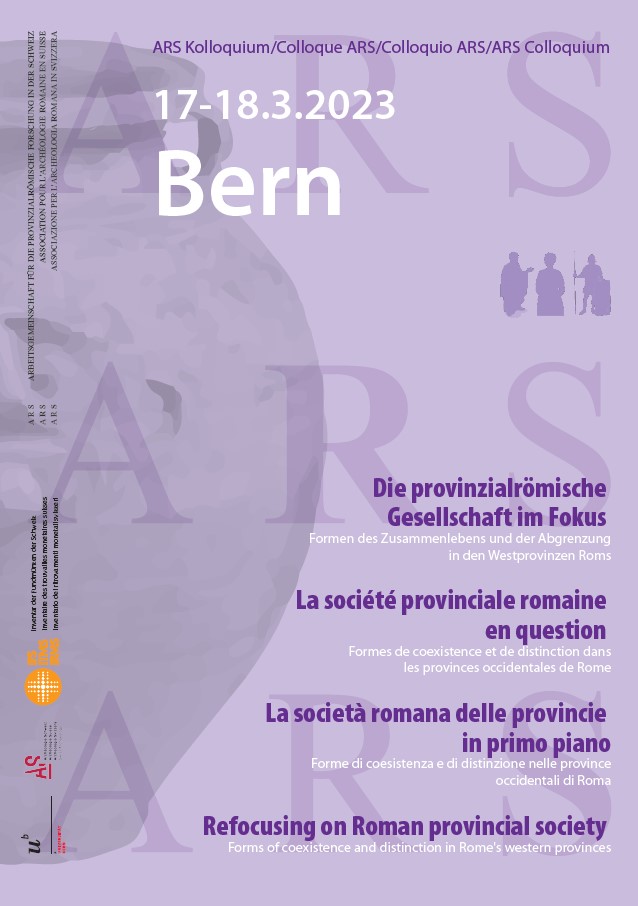Lorena Pérez Yarza - RELIGIOUS IDENTIFICATION IN THE WEST: REGIONAL RELIGIOUS FORMULATION OF SYRIANS IN PANNONIA AND AFRICA
The African epigraphic record provides examples of particular Syrian cults during the
2nd and 3rd centuries AD at the southern frontier of the Roman Empire. Different
communities of Syrian soldiers, mainly organised in numeri such as the Palmyrene or
Hemesan, were detached to African frontier garrisons and militarised cities where they
made contact with other soldiers and the local population. In turn, at the north of the
Empire, the same migrant communities that came from Syria similarly settled along the
Danube around fortified towns and forts of the Pannonian border. The urban spaces that
hosted these soldiers had their own characteristics, which were influenced by the regional
social context, very different in the case of the inhabitants of African deserts and
mountains, or in that of the Danubian plains.
Cults such as the one of Jupiter Dolichenus reached a remarkable expansion through
shared social settings, i.e. the Danubian military, and reached broader elements of the
Danubian population while the same cult in Africa seemed to remain confined only to
soldiers officers and Syrians with a very limited reach. The dispersion of cults such as
that of Malachbel, non-existent in Pannonia, also exhibit regional variabilities, at the same
time that other worships adapted from the Roman world, e.g. the solar cult, appear shared
among various religious traditions and groups. The study of the Syrian population settled
in Pannonia and Africa, and their religious epigraphic production, can shed light on the
local social composition during the Roman Empire, namely the different mechanisms of
integration, group claiming and social dialogue that were expressed in the religious
epigraphy. The analysis of the European and African cases -with communities of similar
provenance, context, and chronology- seeks to advance the study of human adaptability
by identifying the role played by social context on the creation of identifiable religious
communities or, conversely, the integration of individuals into their new social
environment.
